Can Two Birds Hatch from One Egg? This question has puzzled many bird enthusiasts: can two birds hatch from one egg? While it may seem like an unlikely occurrence, it is indeed possible for two chicks to hatch from a single egg. This phenomenon is known as polyembryony and is rare, but not unheard of, in the bird world.
Polyembryony occurs when a single fertilized egg splits into multiple embryos, developing two or more chicks from one egg. This can happen naturally or due to genetic manipulation in a laboratory setting. While it is more commonly seen in insects and reptiles, it has also been observed in some bird species. There are documented cases of double-yolked eggs hatching into two chicks, although it is relatively rare.
Understanding Bird Egg Formation

Birds have a unique way of reproducing, where the female lays eggs instead of giving birth to live young. The formation of bird eggs is a complex process that involves several stages, starting from the ovulation of the egg to the laying of the fully-formed egg.
The process of egg formation begins with the ovary, where the female bird produces the ovum or the egg cell. The ovum then travels through the oviduct, a long and elastic tube that connects the ovary to the cloaca, the opening through which the egg is laid.
As the ovum travels through the oviduct, it undergoes several changes that transform it into a fully-formed egg. The oviduct is divided into different regions, each with a specific function in the egg formation.
The first region of the oviduct is responsible for the formation of the egg white or albumen. Albumen is a protein-rich substance that provides nutrition to the developing embryo. The second region of the oviduct is responsible for the formation of the yolk, which is the primary source of nutrition for the developing embryo.
Once the yolk and the albumen are formed, they are surrounded by two membranes that protect the developing embryo. The egg then moves into the shell gland, coated with a hard, protective shell. The shell comprises calcium carbonate and provides a barrier against external threats such as predators and bacteria.
Sometimes, two yolks are released by the ovary and enclosed in the same eggshell, forming a double-yolk egg. This happens when the ovary releases two eggs simultaneously, and they become enclosed in a single shell. Double-yolk eggs are relatively rare and occur more frequently in some bird species than others.
In conclusion, the formation of bird eggs is a complex process that involves several stages, starting from the ovulation of the egg to the laying of the fully-formed egg. The oviduct plays a crucial role in forming the egg white, yolk, and shell. Double-yolk eggs are rare but can happen when two yolks are released and enclosed in a single shell.
Hatching Process
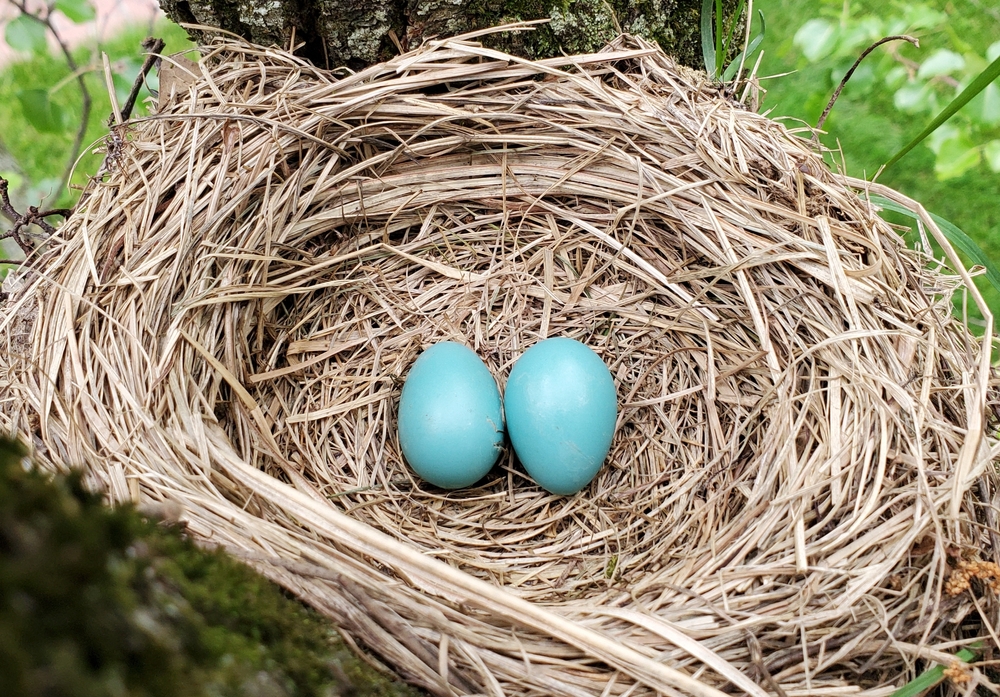
The hatching process of a bird is a fascinating and complex phenomenon that involves various biological mechanisms. The process starts with the incubation of the egg, during which the embryo develops and grows inside the egg. The incubation period varies depending on the species of the bird and can range from a few days to several weeks.
During incubation, the temperature and humidity of the egg are critical factors that determine the success of hatching. The ideal temperature for incubation varies between species and ranges from 99 to 102 degrees Fahrenheit. The egg must also be kept moist, and the humidity level should be maintained between 40% to 60%. The hatching process may only succeed if the temperature or humidity levels are optimal.
After the incubation period, the hatching process begins. The embryo inside the egg starts to move and rotate, using a specialized structure called the egg tooth to break through the shell. The egg tooth is a sharp cap on the edge of the chick’s beak that helps it to break out of the egg in a process known as pipping.
As the chick pushes and peeks at the shell, it eventually breaks through, and the hatching process is complete. The newly hatched chick is wet and covered in the chorioallantoic membrane. The chick must dry off and fluff up its feathers before moving and exploring its surroundings.
In conclusion, the hatching process of a bird is a remarkable feat of nature that involves careful incubation, optimal temperature and humidity levels, and the use of specialized structures like the egg tooth. Understanding the hatching process is crucial for anyone interested in breeding birds or studying avian biology.
Bird Mating and Egg Laying
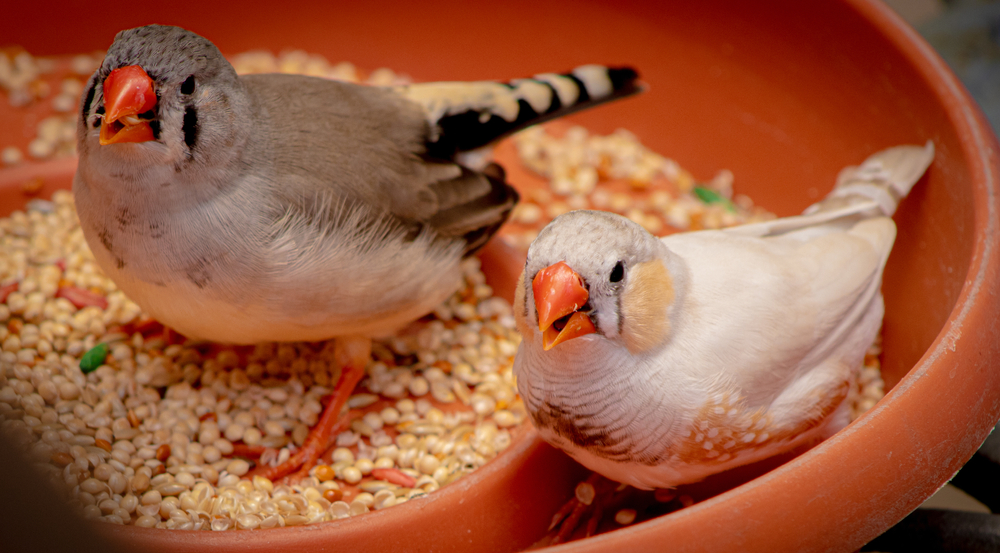
Birds reproduce by laying eggs produced inside the female and deposited in a nest. In most bird species, mating occurs during the breeding season, usually in the spring. During this time, male birds attract female birds with their songs and courtship displays. Once a pair has formed, they will build a nest together.
In some species, female and male birds sit on the nest; in others, only female birds incubate the eggs. It is important to note that not all bird species mate for life. Some birds may have multiple mates during a breeding season, while others mate with a different partner each year.
After mating, the female bird will lay eggs, which can vary in number depending on the species. Typically, female birds will lay one egg a day until the clutch is complete. The total number of eggs laid is known as the clutch size.
It is possible for nestlings in a single nest to be fathered by different males. Males of some species, such as Red-winged Blackbirds and House Wren, can have more than one mate at a time, a mating system called polygyny. Much less commonly, females of some species, such as Wilson’s Phalaropes, may also have more than one mate, a mating system called polyandry.
In captive female birds, egg-laying can happen without fertilization or even the presence of a male. However, fertilization usually occurs in the wild before the eggs are laid. Once the eggs are laid, they must be kept at a constant temperature for several days, varying from species to species. After the incubation period, the eggs will hatch, and the young birds will emerge.
Nesting and Incubation
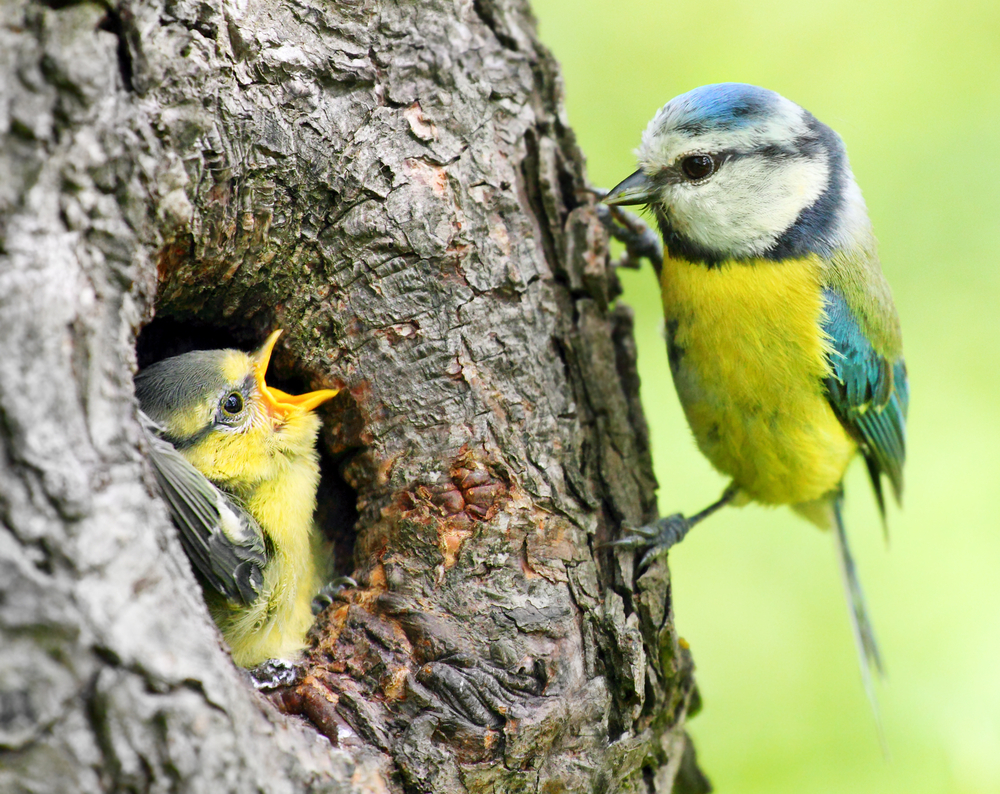
When it comes to nesting and incubation, birds have a unique way of ensuring the survival of their offspring. Nesting is building a nest, providing a safe and comfortable environment for the eggs to hatch. The type of nest and the materials used to build it vary depending on the bird species.
During incubation, the bird parent(s) rotate the eggs to ensure they are evenly heated and the developing embryos are not crushed. The length of the incubation period varies depending on the bird species, with some taking as little as 10 days and others taking up to a month.
Once the eggs hatch, the nestlings are born blind and helpless. They rely entirely on their parents for food and warmth. The parents continue to rotate the nestlings to ensure they are all fed and cared for equally.
It is important to note that not all eggs in a nest will always hatch. Sometimes, the egg may be infertile, or the embryo may not develop properly. It is also essential to resist the urge to remove unhatched eggs from a nest, as they may still be viable, and the parent(s) will continue to care for them.
In conclusion, nesting and incubation are critical stages in a bird’s life cycle. The process ensures the species’ survival by providing a safe environment for the eggs to hatch and the nestlings to develop. The parent(s) play a crucial role in caring for their offspring, rotating the eggs and nestlings to ensure they are all fed and cared for equally.
Double Yolk Eggs
Double-yolk eggs are a rare occurrence in chicken eggs. They are formed when two yolks are released into the hen’s oviduct too close together and end up in the same egg. This can happen because of a genetic predisposition or the hen’s age.
Double-yolk eggs are not harmful to eat, but they are often larger than normal eggs and can be more difficult to cook evenly. They also have a higher chance of containing blood spots or other imperfections.
Two chicks can hatch from the same egg when hatching double-yolk eggs, but it is rare. The egg usually has two yolks; one embryo outcompetes the other, resulting in only one chick hatching. Sometimes both embryos die before hatching. Siamese twin chicks have never been reported to hatch from the same egg.
It is important to note that while double-yolk eggs are odd, they are not a sign of a sick or unhealthy hen. They are a natural variation that can occur in any breed of chicken.
Overall, double-yolk eggs are an interesting phenomenon in chicken eggs. While it is rare for two chicks to hatch from the same egg, it is possible. However, double-yolk eggs are not harmful to eat and do not indicate health issues in the hen.
Feeding and Care of Hatchlings
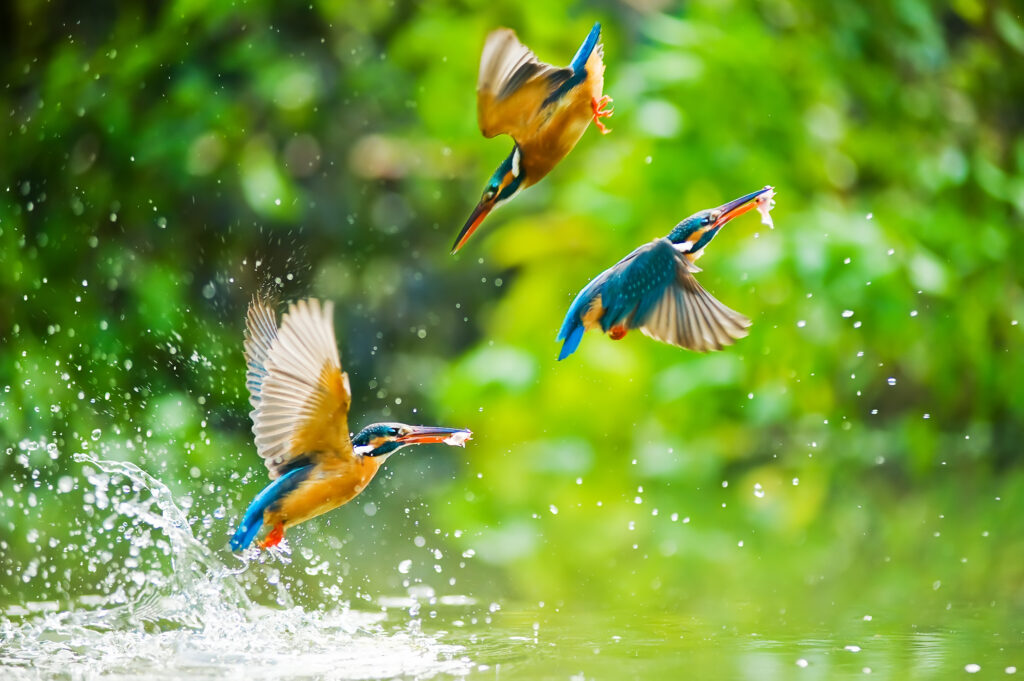
Feeding and caring for hatchlings is a crucial part of ensuring their survival. The first few weeks of a bird’s life are the most vulnerable, requiring constant attention and care from their parents. Here are some essential things to keep in mind when caring for hatchlings:
Feeding
Hatchlings require a specialized diet high in protein and fat to support their rapid growth. The exact diet will vary depending on the bird species, but most hatchlings will require a diet of insects, worms, and other small invertebrates. Some species of birds, such as pigeons and doves, will also require a special “crop milk” produced by their parents.
It is essential to feed hatchlings frequently, as they have small stomachs and cannot hold much food at once. Most hatchlings must be fed every 20-30 minutes during the day, with longer intervals at night.
Care
In addition to feeding, hatchlings require a clean and warm environment to thrive. The nest should be kept clean and dry, and feces or other debris should be removed regularly. The nest’s temperature should also be kept at a constant level, as hatchlings are very sensitive to changes in temperature.
Handling hatchlings as little as possible is essential, as they are fragile and can be easily injured. If you need to handle a hatchling, gently and with clean hands to avoid transferring harmful bacteria.
Caring for hatchlings requires a lot of time and attention, but it is crucial to ensuring their survival. Providing the proper diet and environment, you can help give hatchlings the best chance of growing into healthy adult birds.
Bird Species and Egg Laying
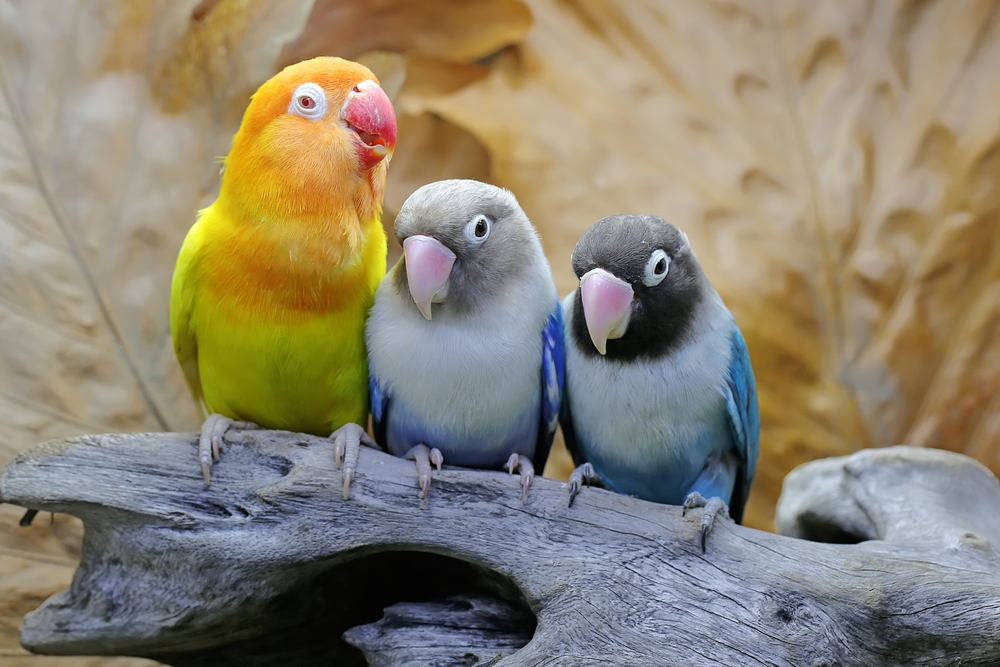
Birds are known for their unique and fascinating egg-laying process. More than 700 bird species breed in North America, each with its own distinct way of laying eggs. Some birds lay their eggs in nests, while others lay them on the ground. This section will explore the egg-laying process of various bird species, including waterfowl, ducks, sparrows, migratory birds, and migratory species.
Waterfowl, such as geese and swans, lay their eggs in nests on the ground. These birds typically lay between four and six eggs, with an incubation period of around 30 days. Ducks, on the other hand, lay their eggs in nests near water bodies. They typically lay between six and 12 eggs, with an incubation period of around 28 days.
Sparrows, which are small, ground-nesting birds, lay their eggs in nests made of grass and twigs. They typically lay between three and six eggs, with an incubation period of around 12 to 14 days. Migratory birds like warblers and thrushes lay their eggs in twigs, grass, and moss nests. These birds typically lay between two and five eggs, with an incubation period of around 10 to 14 days.
Migratory species like the Arctic Tern have a unique egg-laying process. These birds lay their eggs in the Arctic, incubating for around 22 to 28 days. The chicks are then raised in the Arctic until they are strong enough to fly to their wintering grounds in the Southern Hemisphere.
In conclusion, the egg-laying process of birds is fascinating and complex. Each species has its distinct way of laying eggs, with varying clutch sizes and incubation periods. Understanding the egg-laying process of different bird species can deepen our appreciation of these incredible creatures.
Abnormalities and Legal Concerns
Several abnormalities can occur during the hatching process, including the possibility of twins hatching from a single egg. However, it is important to note that this is a very rare occurrence in birds and is not a normal part of the hatching process.
In addition to abnormalities, legal concerns surround handling bird eggs and nests. It is illegal to handle or remove a native bird’s nest while it is still active, as this can disrupt the natural nesting process and potentially harm the birds.
If you come across an abandoned nest or unhatched eggs, it is essential to leave them undisturbed and contact a local wildlife rehabilitation center for assistance. Attempting to handle or care for the eggs yourself can have legal consequences and harm the birds.
Furthermore, it is essential to know eggshell abnormalities, such as calcium deposits or discoloration. These abnormalities can affect the quality of the egg and may impact the health of the developing embryo. Any abnormalities should be carefully monitored and reported to a wildlife rehabilitation center or ornithologist.
Overall, it is important to approach bird eggs and nests with caution and respect for the natural nesting process. Any abnormalities or concerns should be reported to a professional for proper care and handling.
Wild Birds and Egg Laying
Wild birds have a fascinating and complex nesting cycle. Different species find mates, build nests, lay eggs, and raise their young differently. Most birds lay eggs anywhere from early spring until mid-summer. However, the exact timing varies depending on how far north you are and the particular species of bird you’re watching. Some birds will even lay multiple eggs, so you might continue seeing birds nesting well into summer.
The clutch size varies between bird species and even between individuals in the same species. For example, lovebirds can lay eggs for 5 to 12 days afterward. And still, other species can take weeks or even months to lay an egg. A group of eggs in a single nesting period is called a clutch. Clutch sizes vary between bird species and even between individuals in the same species.
It is important to note that removing a nest or egg from a migratory species is illegal, punishable by a fine (up to $15,000), jail time (up to 6 months), or a combination of the two. Therefore, it is essential to leave the eggs undisturbed and let nature take its course.
Regarding fertilization, it is essential to understand that not all eggs are fertile. Fertilization occurs when the sperm from the male bird meets the egg from the female bird. If the egg is fertile, it will develop into a chick. If it is not, the egg will not hatch. It is worth noting that some birds, such as chickens, can lay eggs without the presence of a male bird, but these eggs will not be fertile.
In conclusion, wild birds have a fascinating nesting cycle, and understanding their egg-laying process is crucial to their survival and conservation. It is essential to respect their natural habitat and avoid disturbing their nests or eggs.
For More Info : https://www.audubon.org/
Tags # can double yolk eggs hatch twins
Tags # what are the chances of a double yolk hatching
Tags # can a double yolk egg hatch
Tags # spiritual meaning of a double yolk egg
Tags # chicken twins in the egg, # abandoned bird egg
Can birds lay twin eggs?

Birds typically lay one egg at a time, usually containing only one embryo. “Twinning” in birds, where two embryos develop in one egg, is extremely rare and often results in neither embryo surviving due to space constraints. So, while technically possible, it’s not a common occurrence.
Can a double yoke egg hatch?
While a double-yolked egg can potentially hatch into two chicks, it’s rare. Most often, there isn’t enough space for both embryos to develop properly, resulting in neither hatching successfully. It’s also rare for both yolks to be fertilized in the first place. So, in general, the chances of a double-yolked egg hatching two healthy chicks are pretty slim.
What does it mean to find two yolks in one egg?
Finding two yolks in one egg usually means the hen ovulated twice quickly. It’s relatively common and is most often seen in young hens whose reproductive systems are still maturing. It’s also more common in certain breeds. While eating these eggs is safe, they aren’t typically used commercially due to size and uniformity standards.
How long does it take bluebird eggs to hatch?
Bluebird eggs typically hatch around 12 to 14 days after the incubation period begins.
Why Birds Abandon Their Nests With Eggs?
Birds may abandon their nests with eggs for several reasons. Predation threats, disturbances from humans or animals, poor location choices, lousy weather conditions, or a lack of food resources can cause them to leave. Additionally, if a bird perceives its eggs as inviable for any reason, such as low chances of the eggs being fertilized or hatching, it might abandon the nest.